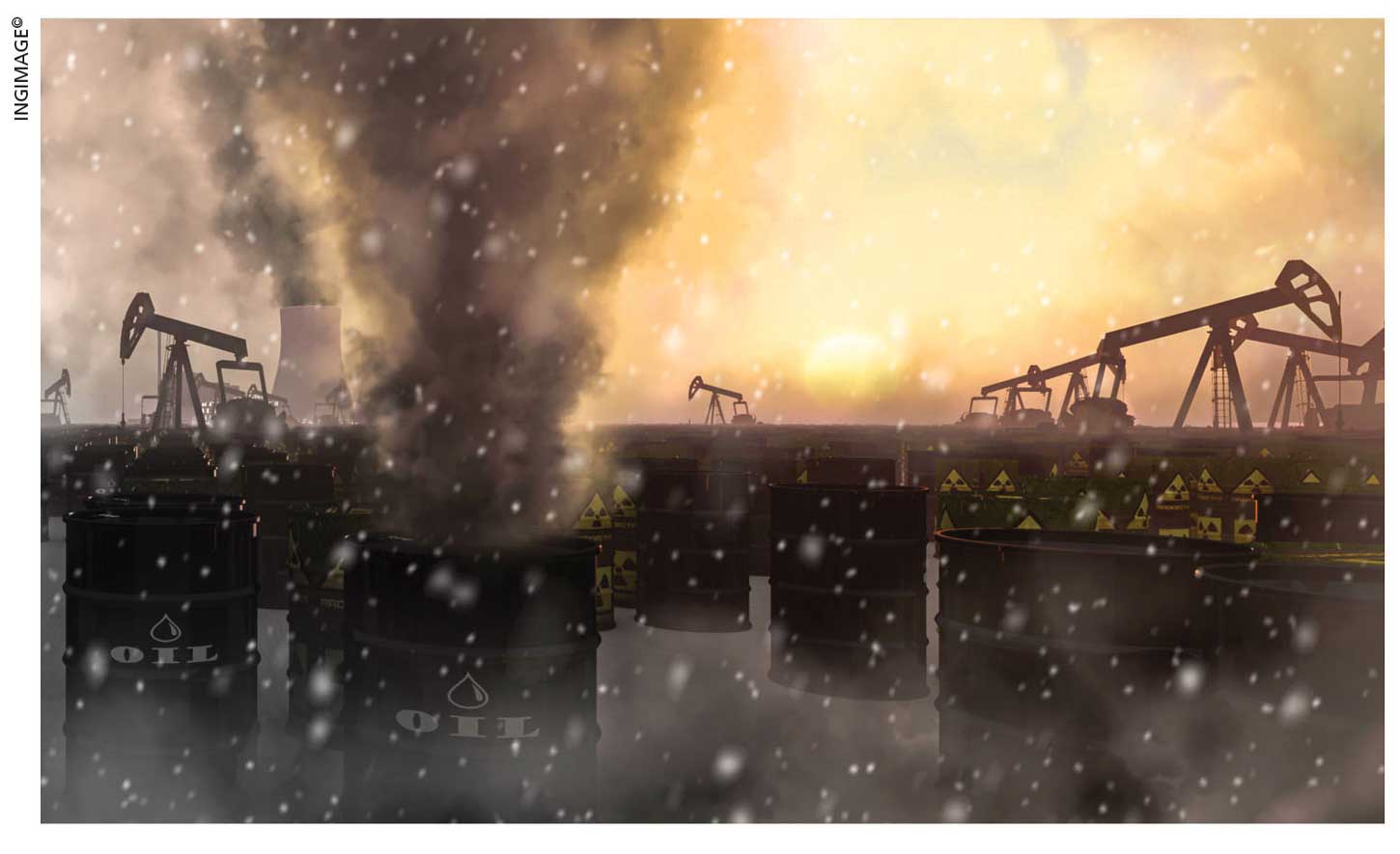ENERGY CRISIS SOLUTIONS
FOSSIL FUELS: COLD FRONT?
Ruwandi Perera likes using technology to solve the world’s energy crisis
Winter is around the corner for countries in the northern hemisphere and Europe may be in for a freezing season if the Kremlin stops supplying gas, oil, coal and heating oil to the continent.
Due to overpopulation, overconsumption, mounting waste and ageing infrastructure, the world’s energy needs have skyrocketed in recent times. And many nations are still treating fossil fuels as their number one energy source, adding to the problems of global warming and climate change.
The irony is that even though the threat of climate change has been around for decades, only a small fraction of businesses and individuals had listened, and an even smaller percentage acted. Now, everyone is rushing to build new renewable energy infrastructure to be energy efficient and save the planet.
According to a recent study by McKinsey & Company, there are two ways to emerge from this energy crisis: find new energy sources, and focus on energy efficiency and decarbonisation. The study estimates businesses that act fast in these areas will increase their margins by up to 10 percent and reduce carbon footprints by 40 percent or more.
There’s enough technology that’s improving daily to help people move away from fossil fuels and adopt renewable energy sources. We simply need to get things moving…
However, the outlook isn’t all bleak. Businesses are being funded to build and improve power systems, which would create low-cost energy and reduce greenhouse gas (GHG) emissions.
With bright and brilliant minds working to enable clean energy generation, there are many inspiring solutions coming from startups that marry technological advancements with a passion for the planet.
For instance, Irish startup Seabased uses wave energy converter buoys that float on the ocean surface and are connected to linear generators underwater to generate electricity through wave movements. US-based startup Helicoid Industries manufactures enhanced blades for large-scale windmills.
These blades are powerful, have higher resistance to erosion and require minimum maintenance. This increases the efficiency of wind power generation. Another startup called Phycobloom produces bio-oil using genetically engineered algae that only require air, water and sun-light, and can be reused.
With more advancement in energy technology, we’re also seeing the emergence of the ‘Internet of Energy’ (IoE), which enables cost-effective generation and distribution of power. Focussed on energy decentralisation, IoE provides sustainable power infrastructure and makes it possible to create generators at minimal cost.
The decentralisation of energy generation appears to be the way forward where – unlike in centralised models of power generation – energy is generated by smaller, localised power grids such as solar power farms. Power generation costs are significantly less and there’s no wastage of energy due to the low distribution distances.
The downside of decentralisation is that the created energy needs to be used close to the time and location where it’s generated since it can’t be stored. However, AI comes to the rescue here as it enables the power generators to forecast demand and optimise the distribution of the created energy, such as in a neighbourhood or an apartment complex.
Complex algorithms are written to create an intelligent coordination layer between the source of power generation and consumption units, such as homes and businesses.
Innovation is inspiring, and shouldn’t be limited to businesses and startups alone. While organisations can make a major impact, there’s much that individuals too can do to embrace technological solutions to combat the energy crisis. And if we need extra motivation to save the planet, we’ve only to look at our soaring energy bills!
One of the most practical and effective initiatives is to switch from petrol powered means of transport to electric vehicles (EV). While battery-powered vehicles may seem costly now, the introduction of new EVs is bound to see price controls and cuts in the pipeline for customers.
Other tech enabled initia-tives for households include switching to smart home devices from bulbs and plugs, to thermostats and appliances. Reducing our energy demand and choosing sustainability over convenience will not only lower our bills but save the planet too.
The Ukraine-Russia war might have brought the energy crisis to the limelight but the fact of the matter is that this crisis was coming and will only increase in the years to come. And we are all to blame for this situation.




